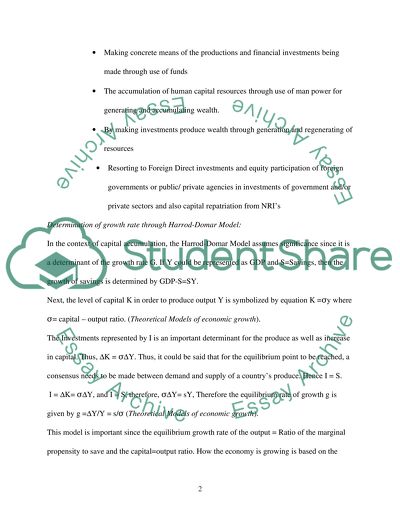Cite this document
(Capital Accumulation Issues Coursework Example | Topics and Well Written Essays - 1500 words, n.d.)
Capital Accumulation Issues Coursework Example | Topics and Well Written Essays - 1500 words. https://studentshare.org/finance-accounting/1544599-macroeconomics-international-finance-for-business
Capital Accumulation Issues Coursework Example | Topics and Well Written Essays - 1500 words. https://studentshare.org/finance-accounting/1544599-macroeconomics-international-finance-for-business
(Capital Accumulation Issues Coursework Example | Topics and Well Written Essays - 1500 Words)
Capital Accumulation Issues Coursework Example | Topics and Well Written Essays - 1500 Words. https://studentshare.org/finance-accounting/1544599-macroeconomics-international-finance-for-business.
Capital Accumulation Issues Coursework Example | Topics and Well Written Essays - 1500 Words. https://studentshare.org/finance-accounting/1544599-macroeconomics-international-finance-for-business.
“Capital Accumulation Issues Coursework Example | Topics and Well Written Essays - 1500 Words”. https://studentshare.org/finance-accounting/1544599-macroeconomics-international-finance-for-business.


